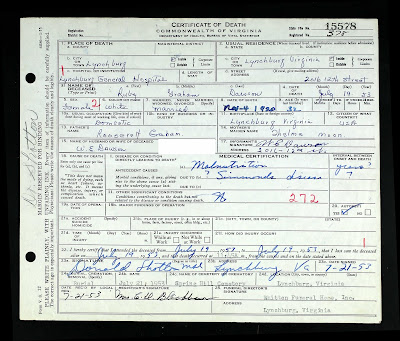Kevin M. Hymel described this time in France in his book, Patton's Photographs: The War As He Saw It: "....Patton put his tanks to work. His armored divisions smashed through the front lines and rolled through the countryside, splitting into three directions. Patton's amazing advance surprised friend and foe alike and he cheered every time he ran off one map and had to use another."
Because of an acute shortage of gasoline, Eisenhower suspended Third Army operations on 22 September 1944. The moratorium lasted six weeks. Instead of rapid advance, Patton would be required to capture Metz. The fortifications of Metz consisted of several forts and observation posts all connected by tunnels. General Patton, said this about Metz: "Fixed fortifications are monuments to the stupidity of man. " But the job was very difficult indeed.
 |
| Map of Metz fortifications; image courtesy of eBay |
The attack on the first Metz fortress, Fort Driant, began on 27 September 1944; it was repulsed. After several more failures, the attack was called off on 9 October and the last U.S. soldiers withdrew during the night of 12-13 October. The second attempt to capture Metz was called Operation Madison, which began in the General Walton Walker's XX Corps sector on 9 November. (5th Infantry Division was assigned to XX Corps.) Hitler declared Metz would fight to the last bullet two days later.
 |
| 5th Infantry soldiers clearing houses in Metz on 19 November 1944; image courtesy of Wikipedia |
On 14 November three of the "Seven Dwarves" forts were captured -- Jussy Nord, Jussy Sud, and Saint-Hubert. The 5th Infantry Division was responsible for a close-in envelopment of the city, attacking to the east and making contact with the 90th Infantry Division as it circled around Metz from the north. Men of the 5th entered Metz on the night of 18 November. On 13 December the last fort, Fort Jeanne d'Arc surrendered. The battle for Metz was over.
My father-in-law survived the battle, the war and went on to marry and have three children. Haskins Thomas Farrar was not so lucky. He died on 19 November 1944. I do not yet know if he died of wounds sustained earlier in the campaign or was killed that day as his regiment cleared houses inside the city limits. Haskins was buried at the Lorraine American Cemetery and Memorial in Saint-Avold, France.
 |
| Lorraine American Cemetery; image courtesy of Tourism Saint-Avold |
_______________
[1]For more information about the 5th Infantry Division's fighting in France, read When Pursuit Comes to an End
For more context about the battle for Metz, read my brother's guest blog, Long, Bloody Battle for Metz.
Cole, Hugh M. Lorraine Campaign (Washington, DC: Center for Military History, U.S. Army, 1993), pages 372-446



















